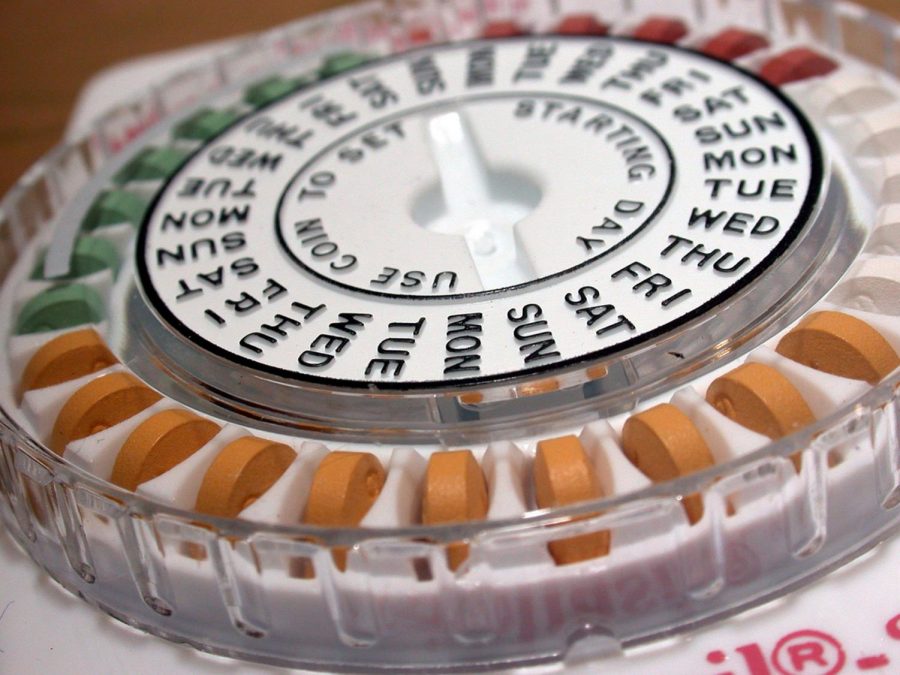We need male birth control and we need it now
Back in the 1960s, the second wave of feminism was making big strides in the push towards birth control and female reproductive rights. Finally, women, specifically in married couples, were legally allowed to take birth control when the US Food and Drug Administration (FDA) approved Enovid, the first legal oral contraceptive, according to Our Bodies Ourselves.
Following that, female birth control became widely available not long after its creation.
Since then, birth control and contraceptives have made major improvements. Women are now offered various forms of birth control. Planned Parenthood lists all the options currently available: the implant, IUD, shot, vaginal ring, patch, sponge, diaphragm and obviously the pill.
The whole push around the movement for birth control and reproductive rights revolved around women. Meaning much of the responsibility to not get pregnant falls on women. All men have to worry about is making sure they have a condom and maybe being allergic to latex, but that problem has been solved with the creation of non-latex condoms—a man complained and the problem was solved, hmm.
Since men do not have the same kinds of birth control forms, they also do not have to worry about the side effects associated with them.
While on birth control, women face side effects such as tender breast, mental health changes, headaches, cramps, nausea, weight gain and bleeding between periods, to name a few as listed on Planned Parenthood’s website.
In addition to side effects, women also have to worry about the costs associated with birth control. Planned Parenthood states on their website that, without insurance, the pill could cost over $600. One of the more expensive options of an IUD could be over $1,100. Thankfully, with my own insurance, mine is $0, but that is not always the case for everyone.
Meanwhile, all men have to worry about is buying a box of condoms. A box of 36 Trojan condoms on Walmart’s website was $15.47. It sure is a lot more cost-effective for men.
With all this in mind, why has there not been mass production of male birth control? Is it because of the notion that women should be more responsible—even though it takes two to tango—or that men are or would be unwilling to take birth control?
Actually, in the 1970s, clinical trials for male birth control began.
Male birth control works slightly different than female birth control. Planned Parenthood describes female birth control as seeking to thicken the mucus on the cervix to stop sperm from joining with an egg by stopping ovulation. Without ovulation, there are no eggs present to join with sperm.
Recent research done by Christina Wang, Mario P. R. Festin and Ronald S. Swerdloff noted that “the method [of Hormonal male contraception] is based on the use of exogenous testosterone alone or in combination with a progestin to suppress the endogenous production of testosterone and spermatogenesis.”
They also noted the effectiveness of two studies in the 1990s. These two studies used testosterone enanthate, “an intramuscular (IM) injectable preparation” or a shot.
“These two early landmark studies provided strong evidence that when spermatogenesis is suppressed to yield very low sperm output by the administration of exogenous androgens, contraceptive efficacy can be as high as female contraceptive methods,” the report said.
Male birth control essentially tries to stop the production of sperm.
Side effects of these and more recent trials can be to blame for why there has not been mass production of male birth control. Both the previous study and one conducted by Giulia Gava and Maria Cristina Meriggiola in 2019 noted that common side effects included “pain at site of injection, acne, coughing after injection, and mood or behavior changes.”
In addition to side effects—did they forget that women’s birth control has them too, yet we still take it because they outweigh getting pregnant—lack of funding for research is in part to blame. Although, this lack of funding falls back onto the un-acceptance of the side effects associated with male birth control.
In 2016, Vice reported that researchers had to stop a study on male birth control despite its 96 percent success rate because too many participants dropped out after experiencing side effects like mood swings and acne—”mood swings and acne,” welcome to a teenager’s everyday life.
If we could mass-produce a male form of birth control and men in our society were willing to use it, then we could see a more equal role in family planning between men and women. Because at the end of the day, it takes two to have sex and women should not have to bear the brunt of practicing safe sex.



![A map of emergency callboxes on campus. (UNCW) [hyperlink: https://uncw.maps.arcgis.com/apps/webappviewer/index.html?id=579a0e90030c4864a41c70fbe06338d9 ]](https://theseahawk.org/wp-content/uploads/2023/12/IMG_6388-600x277.png)




Robert Reny • Nov 25, 2019 at 1:50 am
Well now even men can go on birth control, the researchers from India has developed a male birth control injectable, it is injected in your testicles under local anesthesia and can last up to 13 years. . This is injectable is yet to be approved.